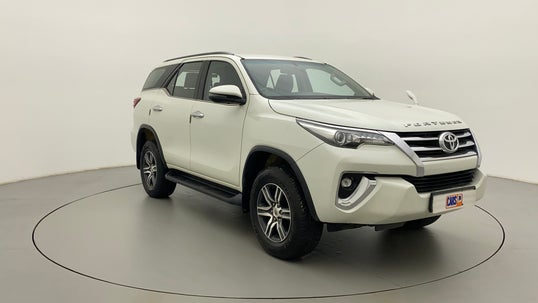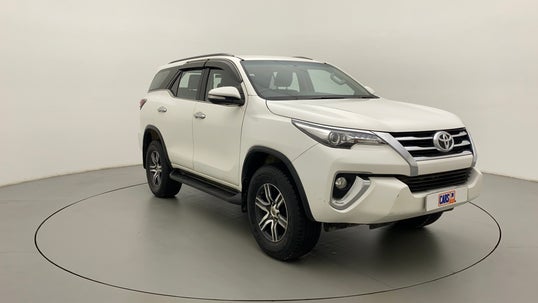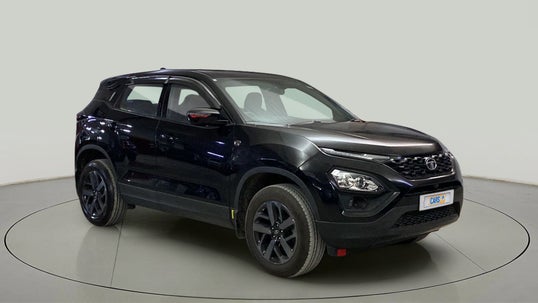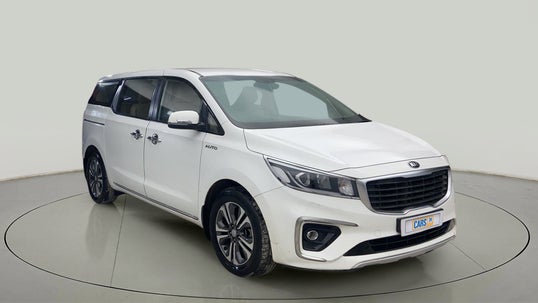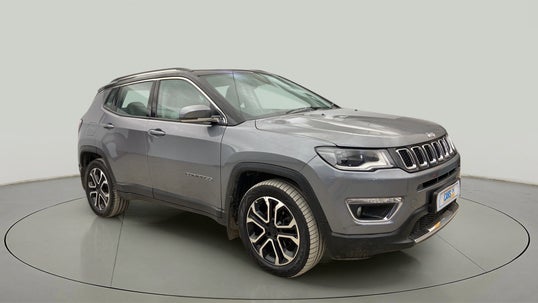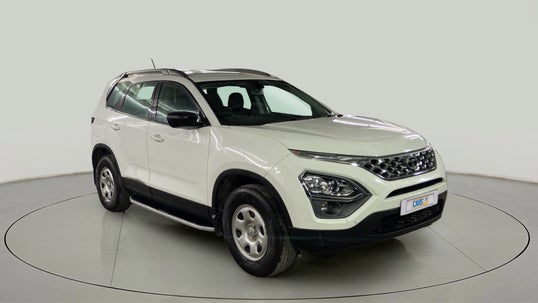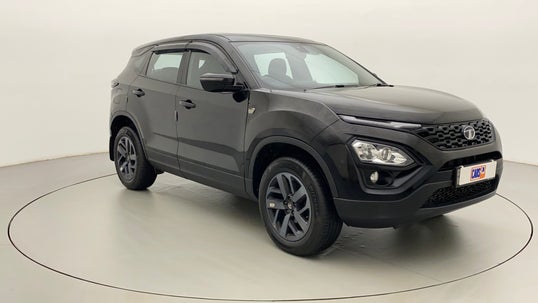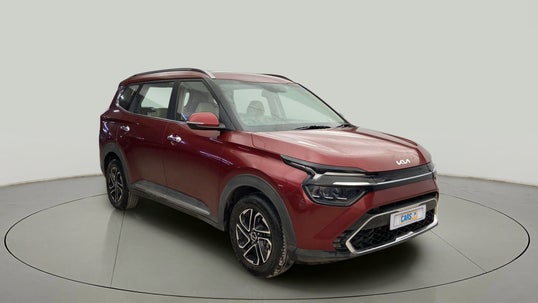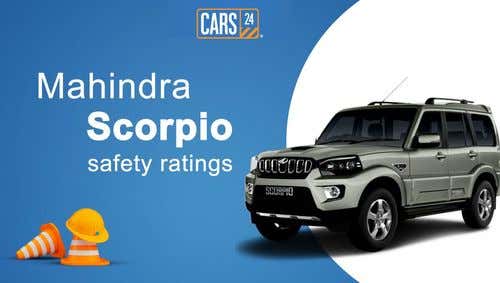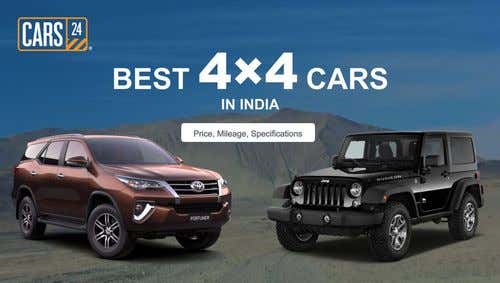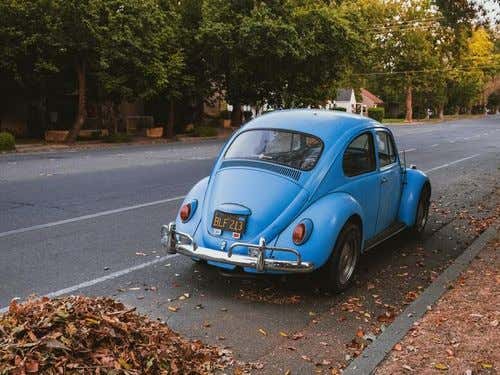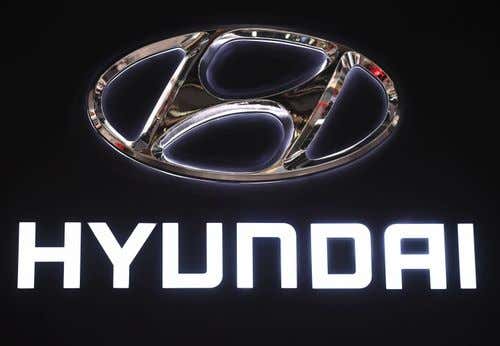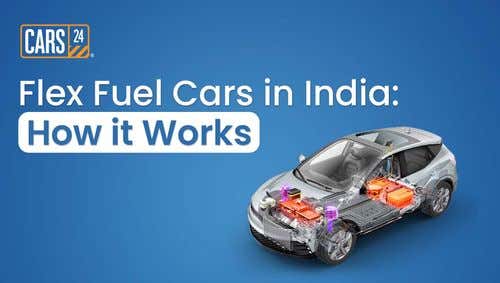Hyundai Eon vs Renault Kwid: Detailed Comparison

Updated on: 19th April, 2024 IST
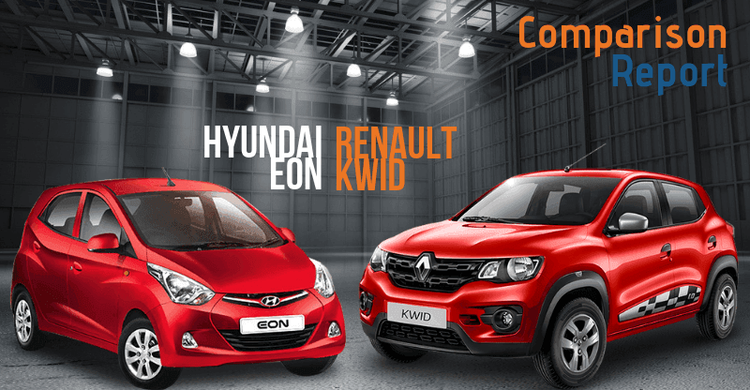
Needless to say, hatchback cars are immensely popular in our country. Even amongst hatchbacks, the category of entry-level A-segment hatchbacks is an extremely heated battleground. For a very long time, Maruti Suzuki has strongly held on to the throne with its infamous Alto. Till 2010, other manufacturers didn’t even bother to contest with it knowing they won’t be able to compete in its territory. However, in the past 10 years, two strong contenders have finally emerged which were ready to lock horns with the Alto. The first contender took birth in 2011, the Hyundai Eon followed by the Renault Kwid in 2015. In this article, we will compare the key aspects of both cars and judge which of the two is better. So let’s begin with our Eon vs Kwid entry-level hatchback face-off.
Table of Contents
Eon vs Kwid: Prices
Hyundai Eon:
| Variant | Price |
| D-Lite 0.8 Petrol | Rs.3.34 Lakhs |
| D-Lite+ 0.8 Petrol | Rs.3.71 Lakhs |
| Era+ 0.8 Petrol | Rs.3.85 Lakhs |
| Era+ Airbag 0.8 Petrol | Rs.3.95 Lakhs |
| Era+ SE 0.8 Petrol | Rs.4.01 Lakhs |
| Magna+ 0.8 Petrol | Rs.4.16 Lakhs |
| Magna+ SE 0.8 Petrol | Rs.4.26 Lakhs |
| Magna+ Airbag 0.8 Petrol | Rs.4.26 Lakhs |
| Era+ 1.0 Kappa Petrol | Rs.4.34 Lakhs |
| Sportz 0.8 Petrol | Rs.4.44 Lakhs |
| Magna(O) Airbag 1.0 Kappa Petrol | Rs.4.68 Lakhs |
Renault Kwid:
| Variant | Price |
| STD 0.8 Petrol | Rs.2.66 Lakhs |
| RXE 0.8 Petrol | Rs.3.09 Lakhs |
| RXL 0.8 Petrol | Rs.3.36 Lakhs |
| RXT Driver Side Airbag Option 0.8 Petrol | Rs.3.83 Lakhs |
| RXT Option 1.0 Petrol | Rs.4.04 Lakhs |
| Climber 1.0 Petrol | Rs.4.33 Lakhs |
| RXT Option AMT 1.0 Petrol | Rs.4.34 Lakhs |
| Climber AMT 1.0 Petrol | Rs.4.63 Lakhs |
Eon vs Kwid: Performance and Mileage
0.8-Litre Variants
| Parameters | Hyundai Eon | Renault Kwid |
| Capacity | 814cc | 799cc |
| Power | 55.2bhp@5500RPM | 53.5bhp@5670RPM |
| Torque | 74.5Nm@4000RPM | 72Nm@4380RPM |
| Transmission | 5-Speed Manual | 5-Speed Manual |
| Fuel Tank | 32 Litres | 28 Litres |
| Mileage | 21.1 Km/l | 25.17 Km/l |
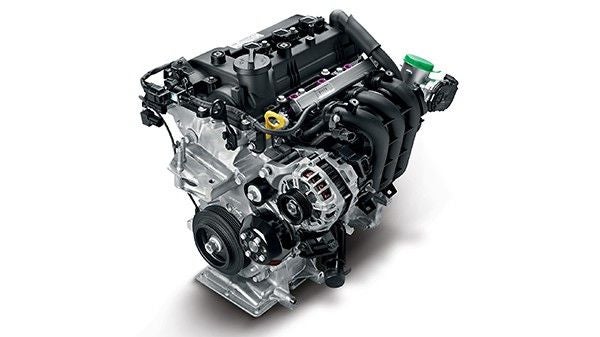 Hyundai Eon Engine
Hyundai Eon Engine
1.0-Litre Variants
| Parameters | Hyundai Eon 1.0 | Renault Kwid 1.0 |
| Capacity | 998cc | 999cc |
| Power | 68bhp@6200PM | 67bhp@5500RPM |
| Torque | 94.14Nm@3500RPM | 91Nm@4250RPM |
| Transmission | 5-Speed Manual | 5-Speed Manual/ 5-Speed AMT |
| Fuel Tank | 32 Litres | 28 Litres |
| Mileage | 20.03 Km/l | 22 Km/l |
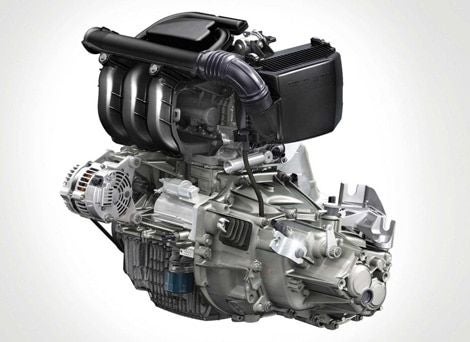 Renault Kwid Engine
Renault Kwid Engine
Eon vs Kwid: Engine Variants and Options
Initially, both the Eon and Kwid were only offered in 0.8-litre variants. But due to popular demand both were later offered in 1.0-litre options as well. The
Eon
comes in a total of 9 variants for the 0.8-litre engine and 2 for the 1.0-litre engine. The Kwid, on the other hand, comes with 4 variants for the 0.8-litre engine and another 4 variants for the 1.0-litre engine. The Kwid also gets the advantage of an AMT option which is gaining rapid popularity in our country’s market. The Eon sadly misses out on the same. The AMT on the Kwid is limited to the 1.0-litre engine and is only available on two out of the four variants. Also Read: A;lto
Eon vs Kwid: Engine Performance
In the 0.8-litre variants, both cars perform in a very economy-oriented manner and are very biased towards point-to-point commuting. The Eon has a decent low-end punch which is sufficient enough for the city. However, for the highways, the small motor does get quite stressed and requires a lot of shifting. NVH levels leave a lot to be desired. In comparison, the Kwid feels much peppier thanks to its lighter kerb weight. Frequent downshifts aren’t required and the car is able to hold itself in even if it’s a gear higher. The NVH levels are also controlled in a much better manner on the Kwid. They’re nothing exemplary but certainly are the best in the segment. The only rough spot is when the AC turns on during idle. The Kwid goes into a rampage during this situation while the Eon stays more controlled. Moving to the 1.0-litre engines, both cars show a drastic improvement in characteristics. The harshness is greatly reduced and the throttle response is also out there. The main change observed here is in the mid-range response which gives both a cars a very good upgrade in driveability. The necessity of frequent upshifts to overtake is almost completely eliminated. But even here the Kwid gets an upper hand thanks to its lower kerb weight. Overall the 1.0-litre variants are in every aspect better than the 0.8-litre variants.
Eon vs Kwid: Gearbox Performance
In the manual variants, both cars come with simple and basic 5-speed units. For the 0.8-litre variants, both cars have really light clutch pulls and somewhat rubbery gear shifts. However, both are much better than the segment favourite Alto. The Kwid here does get the upper hand. Both cars perform poorly as the speeds increase but the
Kwid
excels in low-medium speed performance. It has a nicely tuned powerband which allows it to stay a gear higher in almost every situation. The Eon will require frequent gearshifts due to the poorly spread powerband. These issues do vanish from both cars on the 1.0-litre variant. The Kwid also benefits with an AMT option which is a major boon for city driving or for newbies. The Eon has no automatic variant.
Eon vs Kwid: Dimensions
| Measurements | Hyundai Eon | Renault Kwid |
| Length | 3515 mm | 3679 mm |
| Width | 1550 mm | 1579 mm |
| Height | 1510 mm | 1513 mm |
| Wheelbase | 2380 mm | 2422 mm |
| Tyre Size | 155/70 R13 | 155/80 R13 |
| Ground Clearance | 170 mm | 180 mm |
| Boot Space | 215 Litres | 300 Litres |
| Weight | 725 to 795 Kg | 630 to 710 Kg |
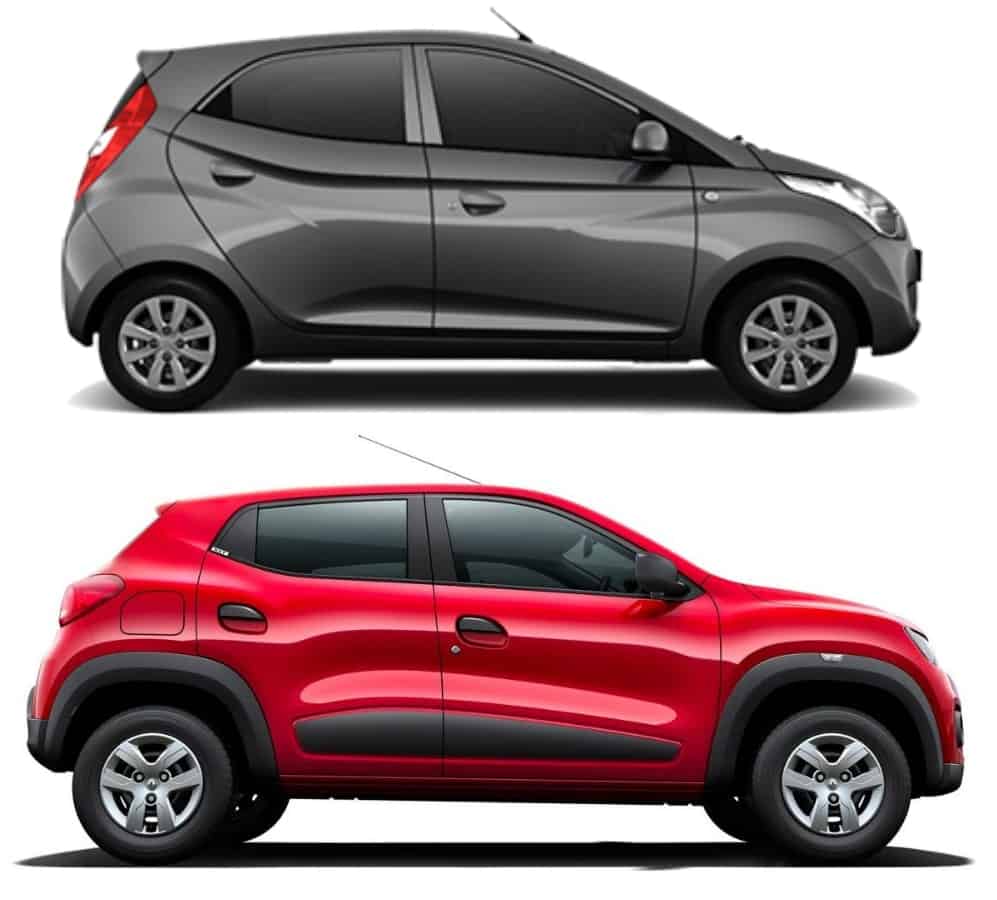 Size Comparison
Size Comparison
In the dimensions round of our Eon vs Kwid face-off, the battle is entirely one-sided. The Kwid obliterates the Eon in every parameter. It has more length, width, and height which translate to more interior room on the whole. The Kwid also has a much larger wheelbase. While this factor does impart the car with better straight-line stability, it also eats away its maneuverability which is a necessity on these small A-segment hatchbacks. Tyre width is the same on both cars save for a different aspect ratio on the Kwid. In terms of boot space, the Kwid has a major advantage by a whopping 85 litres. With 300 litres, the Kwid can pack more luggage than some premium hatchbacks as well! The Kwid also wins in kerb weight with its heaviest variant being 15 kilos lighter than the Eon’s lightest variant.
Also Read: Alto 800 vs Kwid Detailed Comparison
Eon vs Kwid: Equipment and Looks
The
Hyundai Eon
was launched in the country in 2011. In its top trim, the Eon packs the following
features
:
- Clear Lens Headlamps and Tail-Lamps
- Chrome Tip Radiator Grille
- Integrated Rear Spoiler
- Body Coloured Bumpers, ORVMs and Door Handles
- Full Wheel Colour
- Dual Tone Black-Beige Interior Theme
- Front Door Map Pockets with Bottle Holder
- Silver Accents on Centre Fascia
- Metal Finished 3-Spoke Steering
- Metal Finished Inner Door Handles
- Floor Console Storage
- Gear Shift Indicator
- Remote Fuel Lid and Tail Gate Opener
- Power Outlet
- Electric Power Steering with Tilt Feature
- Internally Adjustable ORVMs
- Front Power Windows
- AUX and USB Port
- 75 cm Touch Screen AV System with Phone Link (Sports Variant Only)
- Keyless Entry
- Driver Side Airbag
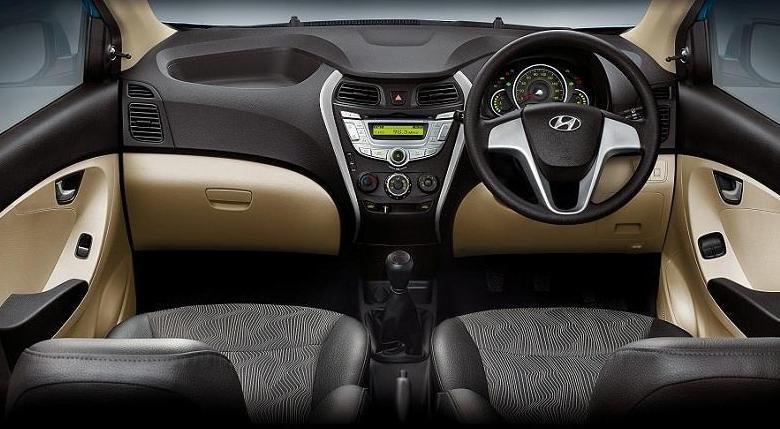 Hyundai Eon Interiors
Hyundai Eon Interiors
Hyundai Eon Looks and Appearance:
Back in 2011, the Eon was quite a revelation. It sought to change the scenario of budget segment hatchbacks by introducing a fresh looking car that didn’t look rudimentary from any angle. Even today the Eon looks quite decent in front of the new Alto. However, it simply doesn’t match the funky appearance of the newly launched Kwid. The interiors of the Hyundai Eon follow their highly successful “Fluidic” design language. Again even here, a very commendable job for a car launched 7 years ago. In front of the latest Alto, it still manages to look very upmarket and fresh despite receiving no significant updates since its launch.
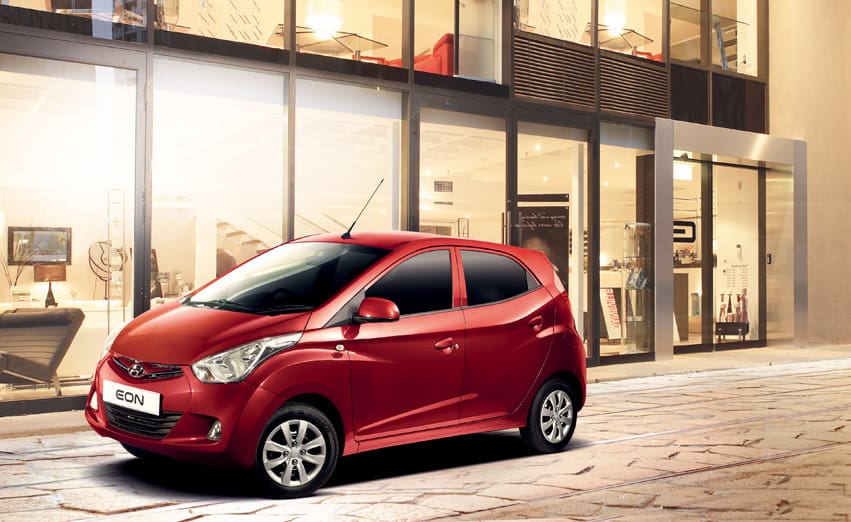 Hyundai Eon Side Profile
Hyundai Eon Side Profile
The
Renault Kwid
, launched in 2015 is the most recent entrant to the A-Segment hatchback segment in India. It gets the following
equipment
in its top variant:
- Razor Edged Chrome Front Grille Texture (RXT O Variant Only)
- Two-Tone Glossy ORVMs
- Integrated Spoiler
- Body Coloured Bumpers
- Rugged Bumper Overriders (Climber Variant Only)
- Wheel Arch Cladding with Indicator
- Multi-Spoke Wheel Cover
- Sporty Steering Wheel with Piano Black Accents and Leather Inserts
- Full Digital Instrument Cluster
- Stylized Gear Knob
- Chrome Air Vent Knobs
- Electric Power Steering
- Rear Seat Armrest and Parcel Tray
- Auto On-Off Cabin Light with Timer and Fade-Out
- Passenger Side Sun Visor
- Gear Shift Indicator
- Internal Fuel Lid and Tailgate Release
- Touchscreen MediaNAV Unit with Bluetooth Audio Streaming and Hands-Free Telephony
- Reverse Parking Camera
- Remote Keyless Entry with Centre Locking
- Driver Side Airbag
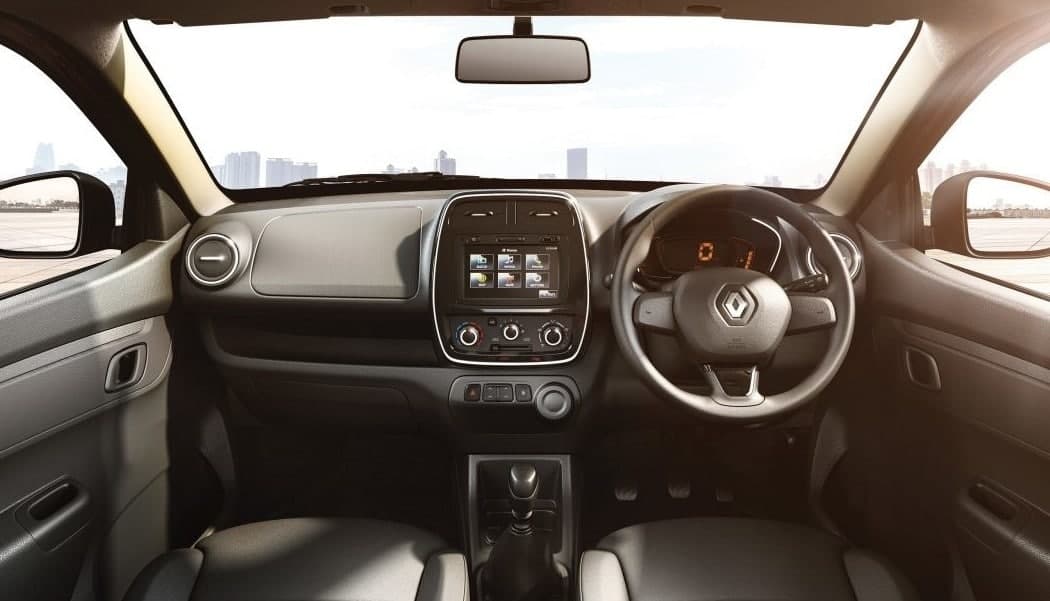 Renault Kwid Interiors
Renault Kwid Interiors
Renault Kwid Looks and Appearance:
The Renault Kwid is the latest entrant in this extravagantly heated up entry-level hatchback category. Similar to the Eon, the Kwid has also been quite a revolutionary vehicle. What the Eon brought to the segment in terms of elegance, the Kwid brought along with it, funk and style. The Kwid actually looks really neat for a budget vehicle. Renault has thought things out very clearly for our market and has given as much muscle as they can to a car this small. The end result gives the Kwid some really decent road presence despite its proportions. Clever additions like the door pads and flared arches give it a sense of ruggedness as well. The Kwid also has a lot going on inside the car. The digital instrument cluster and the touchscreen Media unit nestled in the middle of the dashboard make it look anything but basic. It certainly may not be as elegant as the Eon but packs in a lot of equipment, which are indeed praise-worthy for the category it belongs to.
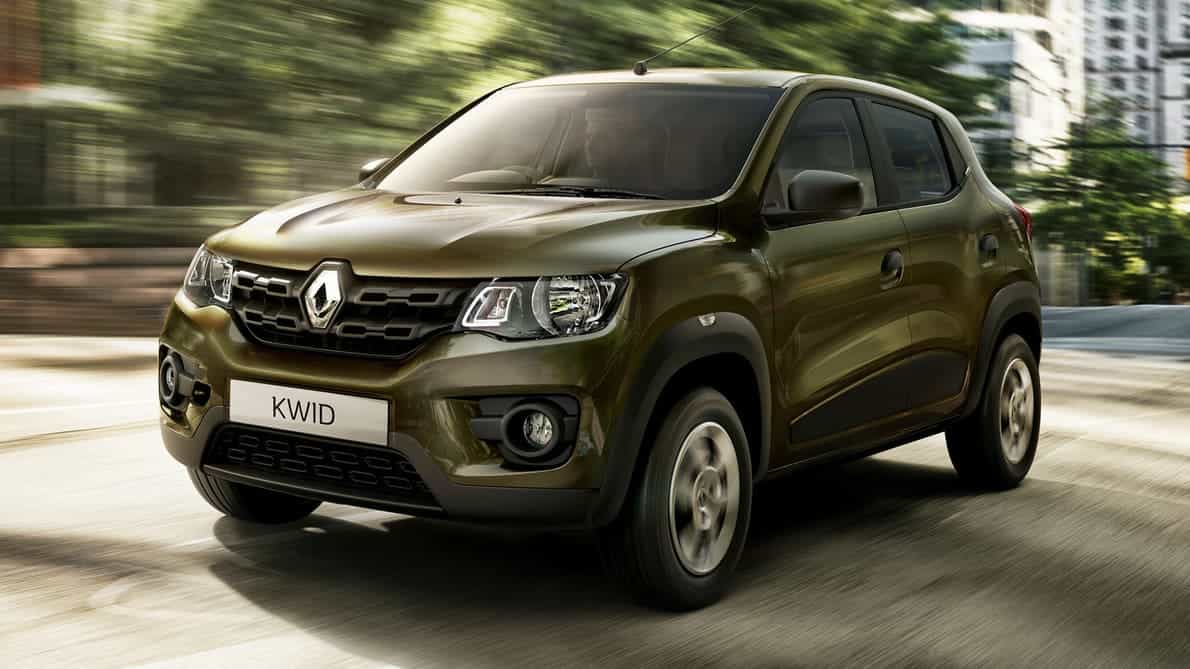 Renault Kwid Front Quarter
Renault Kwid Front Quarter
Eon vs Kwid: Conclusion
- Dimensions: No contest here whatsoever, the Kwid straight up dominates this round. Its ahead of the Eon in 6 out of the 8 aspects, loses out in terms of wheelbase and draws in terms of tyre width.
- Performance: A very close battle here. Both cars practically have the same capacity engine variants and almost similar power and torque outputs. But here again, the Kwid’s lesser weight gives it a more tractable performance level. It is ahead in terms of refinement and NVH levels as well. Lastly, the Kwid gets an AMT automatic as an option while the Eon only has manual variants. One more round to the Kwid
- Mileage and Range: In this round, the Renault Kwid wins in terms of outright fuel efficiency. However, the Eon with its larger fuel tank has significantly more driving range. This round is a draw.
- Features and Equipment: The Eon sure looks elegant from the inside but doesn’t really have a huge equipment list to brag about. The Kwid on the other hand, packs in so much that you may actually doubt that it’s a bare-bones entry-level hatchback. The Kwid takes this round.
- Price: The base model of the Kwid undercuts the Eon’s price by almost Rs.70000! The difference comes down to Rs.3000 in the top variants but the Kwid is still cheaper. Another round to the Kwid
- Final Verdict: This is one of our rare car face-offs where one car has simply outclassed the other in virtually every aspect. In this Eon vs Kwid face-off, the Renault Kwid simply dominates in 4 out of the 5 broad categories and draws the mileage round. So with no surprises or any twist of events, the winner of this faceoff is the Renault Kwid.
Recently Added Cars to Buy
Other Blogs
- Recent
- Featured
Popular Cities to Sell Car

